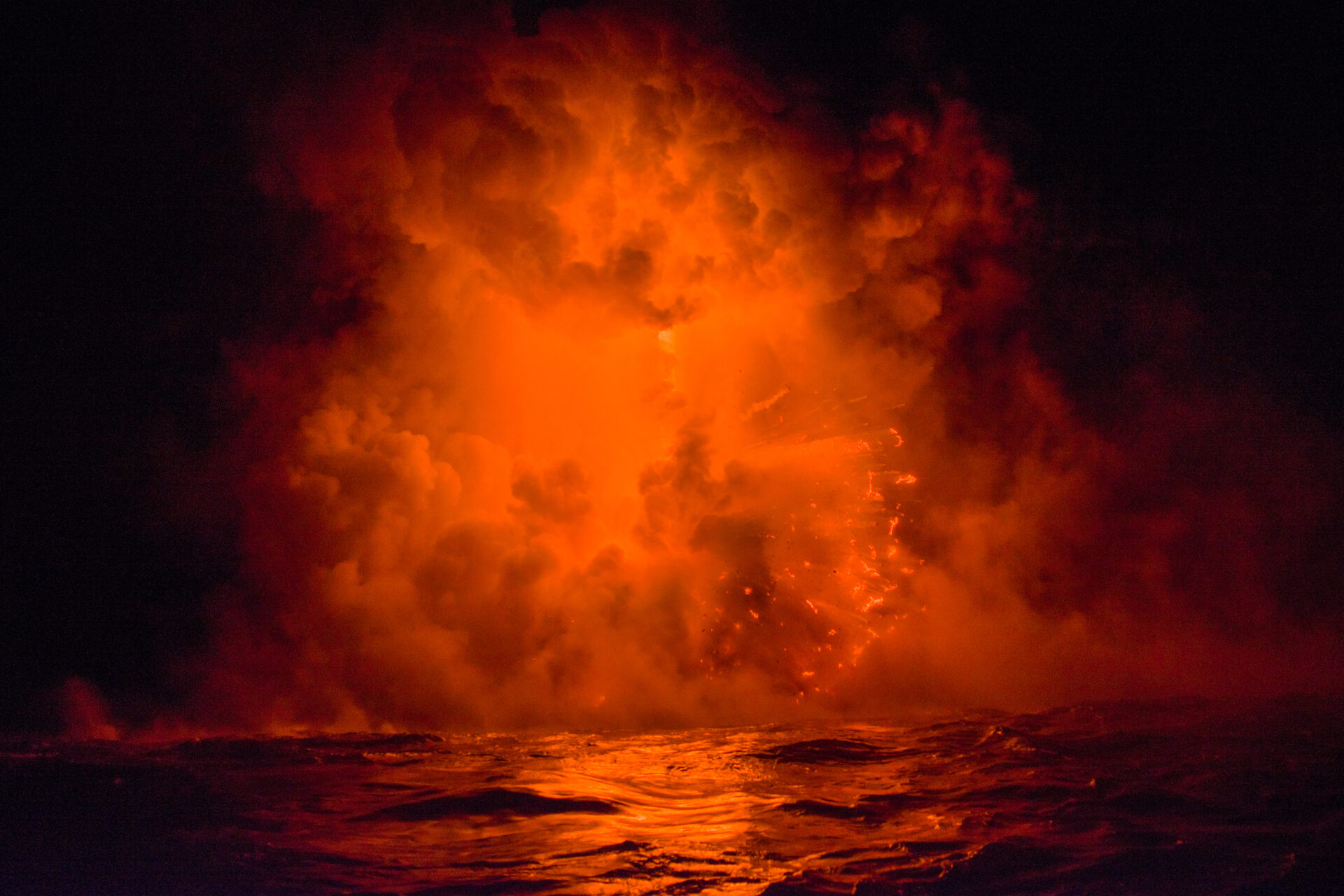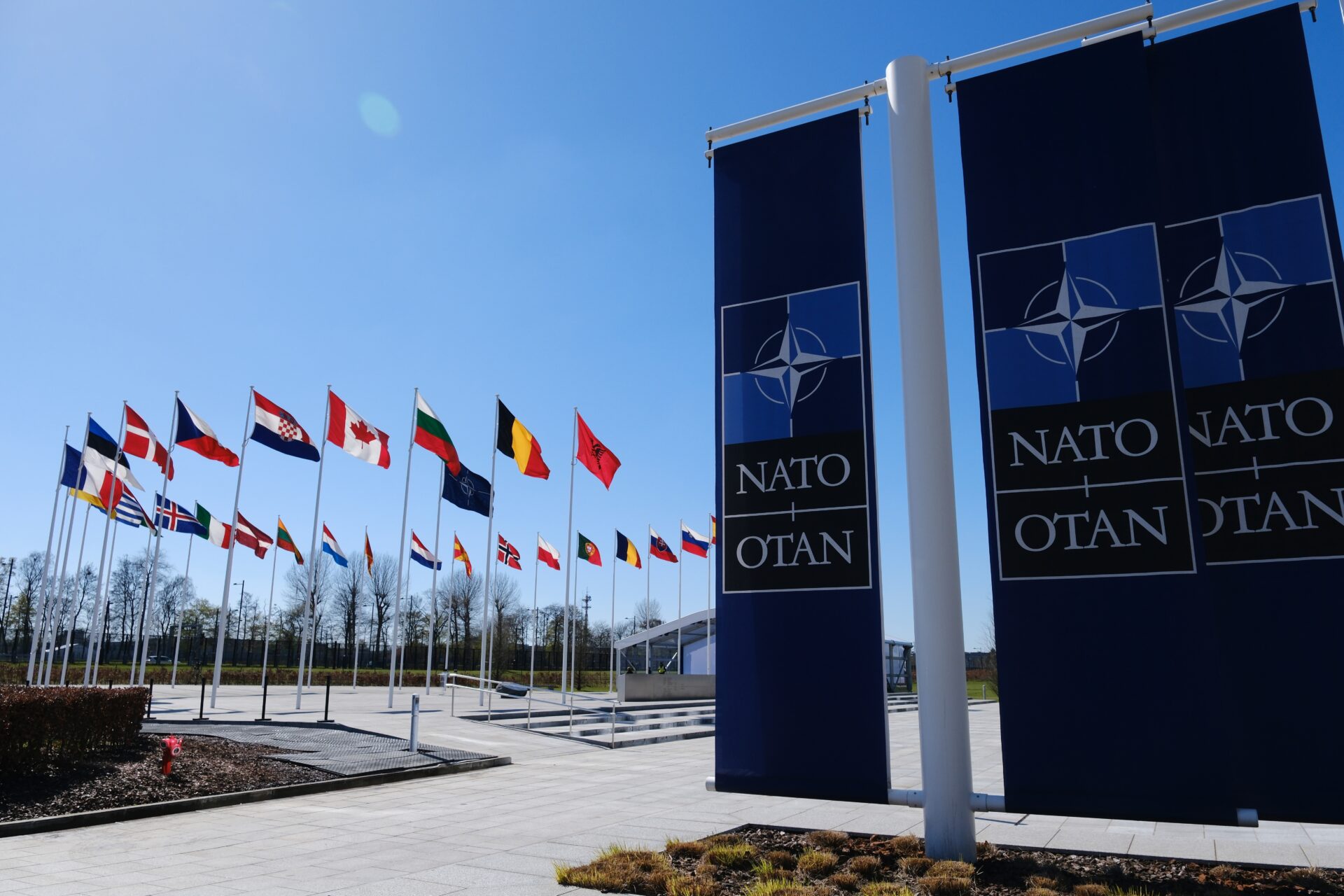
Massive Quake Triggers VOLCANIC FIRESTORM?
A long-dormant Russian volcano erupted violently following a massive earthquake, prompting tsunami alerts and disrupting airspace across the Pacific Rim.
At a Glance
- Krasheninnikov volcano erupted for the first time in over 500 years on Russia’s Kamchatka Peninsula
- The eruption followed a magnitude 8.8 earthquake and a powerful 7.0 aftershock
- Ash plumes reached 6 kilometers into the atmosphere
- Pacific-wide tsunami warnings were issued, later lifted
- Scientists warn of continued explosive potential in coming days
Ancient Giant Reawakens
In a region known for seismic volatility, the Krasheninnikov volcano’s sudden eruption has stunned experts and ignited global concern. Nestled in the remote Kronotsky Nature Reserve, the stratovolcano hadn’t erupted since at least the 16th century—its last confirmed activity estimated between 500 and 600 years ago. Early Sunday, a fiery column of ash and gas pierced the sky, signaling its unexpected return to life.
Watch now: Kamchatka’s Krasheninnikov volcano erupts for the first time in 600 years · YouTube
The timing was anything but random. Just days before, an 8.8-magnitude quake rocked the Pacific plate boundary off Kamchatka’s coast, followed closely by a 7.0 aftershock. Though seismologists caution against assuming a direct cause-effect chain, many agree the quakes may have destabilized subterranean systems, fast-tracking magma release under Krasheninnikov.
Seismic Chaos and Global Ripples
As the volcano rumbled to life, emergency alerts rang out across the North Pacific. Tsunami warnings lit up coastlines from Japan to Alaska, forcing brief evacuations and halts to maritime activity. Although no significant tsunami developed, the ash cloud alone posed a serious threat—prompting aviation red alerts and rerouting of trans-Pacific flights.
Kamchatka, home to more than 160 volcanoes, frequently experiences eruptions, but Krasheninnikov’s awakening is rare. Local officials confirmed no immediate casualties or damage in populated areas, but warned that air quality could suffer in surrounding districts if activity continues.
Ecological Flashpoint
The Kronotsky Nature Reserve, a protected UNESCO site, is now under heightened surveillance. Krasheninnikov’s sudden activity places rare ecosystems—including the Valley of Geysers and one of the world’s densest populations of brown bears—at risk. Wildlife officials are tracking plume direction and ashfall patterns to assess ecological impacts.
Meanwhile, thermal imagery and satellite monitoring continue to show residual heat and seismic flickers beneath Krasheninnikov’s surface, suggesting the eruption may not be entirely over. Scientists fear secondary explosions or pyroclastic events could still occur if internal pressures remain unstable.
Strategic Risk and Historical Echoes
This eruption adds to a series of recent seismic events across the Pacific “Ring of Fire.” Nearby Klyuchevskoy volcano also experienced renewed activity earlier this summer, and last year saw similar dormant awakenings in Chile and Indonesia. Experts now warn of a potential uptick in large-scale geological activity as tectonic pressures realign globally.
Krasheninnikov’s long dormancy had placed it low on priority watchlists. That calculus may now change. Geological agencies across the region are revising alert systems and urging increased investment in volcano early-warning infrastructure.


